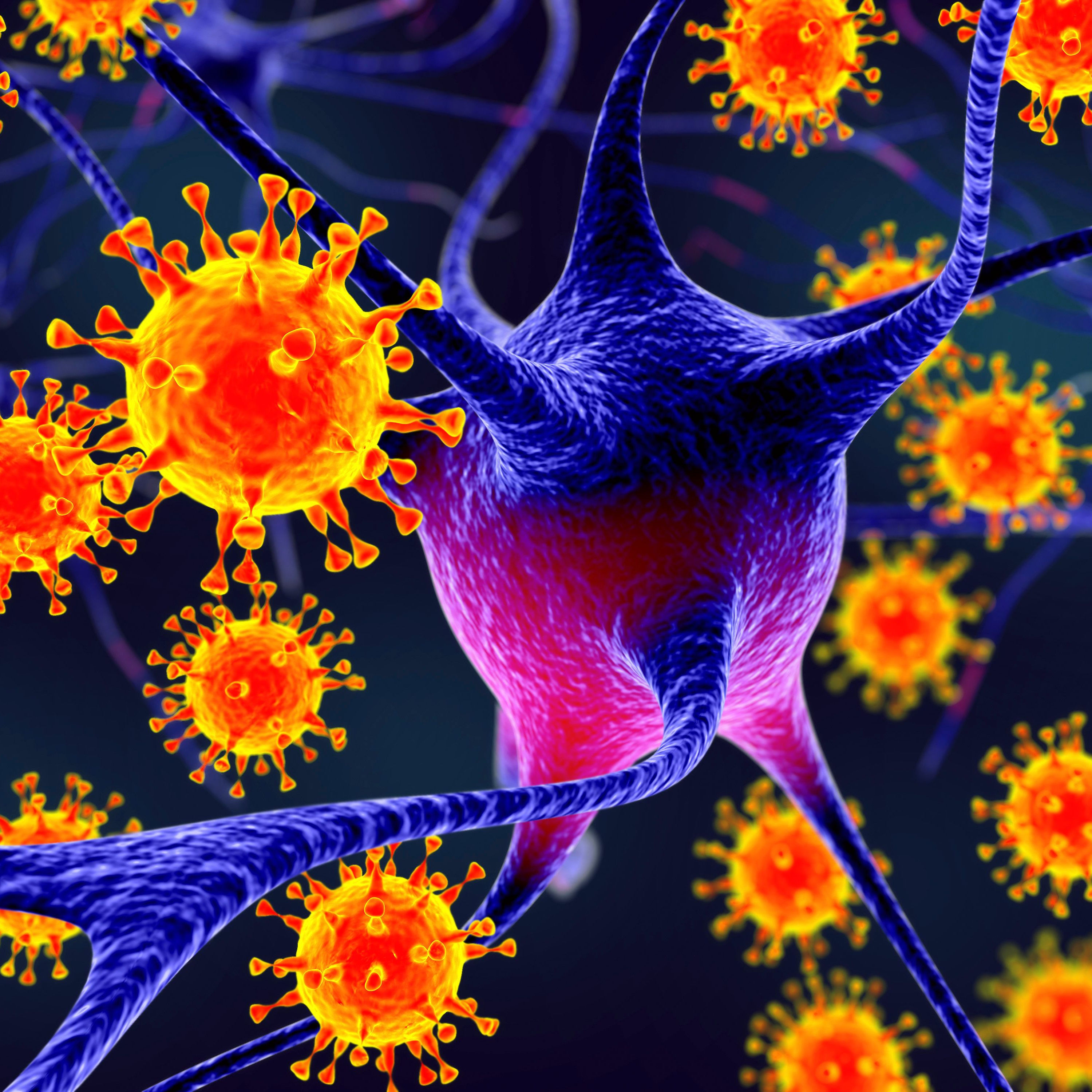
What is arbovirus?
Arbovirus is a virus carried by arthropods . This refers to any virus transmitted to humans by certain species of bloodsucking arthropods such as mosquitoes, lilacs or by arachnoids such as ticks. The members of the arbovirus family currently include the following.
Where does the arbovirus predominantly occur?
Worldwide there are more than 250 different species of arboviruses, of which at least 80 trigger certain diseases in humans. Arboviruses are mainly found in the tropics and subtropics. However, they are also widespread in savannahs and steppes. Especially in these regions, many suitable vectors can be found that can transmit the virus . In European countries, infection with the arbovirus is extremely rare, but still possible.
How is the arbovirus transmitted?
The arbovirus is transmitted through the sting or bite of arthropods to animals . Possible vectors include the following:
- Mosquitoes,
- Ticks,
However, birds are also often natural hosts and therefore contribute to the worldwide spread of the virus.
Although transmission from person to person is very rare, it cannot be completely ruled out . Contaminated cannulas, blood transfusions or organ transplants can certainly lead to transmission of the arboviruses. Transmission of the virus from the mother to the child is also a possibility.
What types of human pathogenic arboviruses are known?
At the present time, about 400 different species of arboviruses are known and 80 are human pathogenic. The group of human pathogens includes the following family:
- Asfarviridae,
- Bunyaviridae,
- Flaviviridae,
- Orthomyxoviridae,
- Togaviridae,
- Reoviridae,
What diseases can be caused by the human pathogenic arbovirus?
The following diseases are known to be caused by arboviruses:
For an overview of the individual diseases caused by arboviruses, they are briefly explained below.
Dengue virus
Dengue fever is the fastest spreading viral disease transmitted by mosquitoes. It is a high-fever illness caused by the arbovirus, among others. In most cases there is a fever with up to over 40 degrees.
FMSE virus
This is the so-called early summer meningoencephalitis. An inflammation of the meninges and the brain caused by viruses . The arbovirus is one of them. In many countries in Europe, these infections occur because the arbovirus is passed on here increasingly via the bite of ticks.
Yellow fever virus
Yellow fever is a life-threatening disease. It is transmitted by the bite of mosquitoes, but occurs almost exclusively in the tropical regions of South America and Africa. In a severe course, yellow fever ends fatally in every second known case.
Japan B encephalitis
Japanese encephalitis is the most important viral disease of the brain. It can be caused by the bite of mosquitoes carrying the arbovirus. Japanese native children are most often affected .
West Nile virus
As the name suggests, this pathogen originates in Africa. However, due to its spread via migratory birds, more and more cases of West Nile virus are also being detected in Europe. The arbovirus is mainly transmitted to wild birds by mosquitoes.
Zika virus
The Zika virus is mostly transmitted by mosquitoes, especially by the yellow fever mosquito. The symptoms are similar to those of dengue fever ( ). In people with certain pre-existing conditions, the Zika virus often leads to death.
What are the symptoms of the arbovirus?
Very many infections with the arbovirus are completely asymptomatic. If symptoms do occur, they are mostly in the form of mild flu-like symptoms, which can, however, combine to form various syndromes.
These syndromes include the following:
- Exanthema,
- aseptic meningitis,
- Joint pain,
- Lymphadenopathy,
- non-cardiac pulmonary oedema,
- Arthritis.
Often
there is high fever and an increased tendency to bleed, as
in haemorrhagic fever. Due to reduced synthesis
of vitamin K-dependent clotting factors, there are altered
functions of the platelets and resulting bleeding.
How is arbovirus diagnosed?
In order to be able to detect an arbovirus infection, cultures are prepared and special tests are carried out using blood. It is also possible to test the blood for certain antibodies that form against the antigen of arboviruses. When setting up cultures, microorganisms are grown from samples of body fluids, which have been taken from the affected areas, in a special laboratory.
With the help of the polymerase chain reaction test, or PCR test for short, the laboratory technicians are able to identify the arbovirus quickly and, above all, specifically . The tests are carried out quickly especially when there is a threat to overall public health.
Important notes:
- Before blood is taken, the relevant laboratory should be informed of which viruses need to be tested for
- A, if possible, quite clear travel history and a detailed description of the complaints are decisive for quick and, above all, efficient results
- If haemorrhagic fever, severe uncontrollable courses and danger of infection are suspected, it is advisable to involve a special institute for tropical diseases at .
How is arbovirus treated?
The treatment of arbovirus is completely symptomatic, i.e. ibuprofen or paracetamol are recommended to reduce fever and relieve pain. If there is an increase in bleeding, treatment with vitamin K may be necessary. It may also be necessary for the affected person to receive blood transfusions.
How can arbovirus be prevented?
To prevent arbovirus, it is very important to minimise the risk of bites or stings from mosquitoes or ticks. .
- Wear clothing that covers as much of the body as possible,
- Insect repellent, ?
- do not expose yourself to the risk of mosquito bites or tick bites too often.
